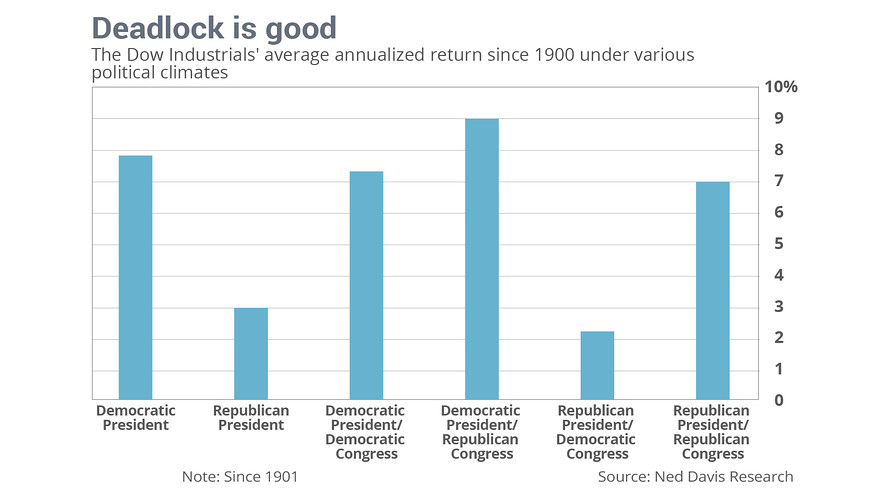The total value of all developed real estate on the globe reached US$217 trillion in 2015, according to calculations by international real estate adviser, Savills. The analysis, published today for the first time, measures the entire developed property universe including commercial and residential property as well as forestry and agricultural land.
The value of global property in 2015 amounted to 2.7 times the world’s GDP, making up roughly 60% of mainstream global assets and representing an important store of national, corporate and individual wealth. Residential property accounted for 75% of the total value of global property.
Overall, the biggest and most important component of global real estate value is the homes that people live in, totalling US$162 trillion. The sector has the largest spread of ownership with approximately 2.5 billion households and is most closely tied with the fortunes of ordinary people. Residential real estate value is broadly distributed in line with the size of affluent populations: China accounts for nearly a quarter of the total value, containing nearly a fifth of the world’s population. Yet the weight of value lies with the West, over a fifth (21%) of the world’s total residential asset value is in North America despite the fact that only 5 per cent of the population lives there.
The trend for western nations to dominate real estate is most pronounced in commercial markets, where nearly half of the total asset value resides in North America. Europe makes up over a quarter while Asia and Australasia contain 22 per cent, leaving just 5 per cent for South America, the Middle East and Africa.
Not included in the global calculation is the value of informal neighbourhood commercial properties: workshops, workspaces, shops and small business premises which are not part of the high quality commercial real estate universe that constitutes global property markets, but which are important components of economic growth and prosperity, especially in emerging markets. They are almost impossible to value at a global level but have huge potential for future investment as economies mature and real estate markets develop within them, adding to the global stock.
This year, for the first time, the value of agricultural land and forestry is also included in the Savills measurement of total world real estate at an estimated US$26 trillion, of which around 30% is corporately and institutionally invested. Most agricultural and forestry land is owned by non-investing entities, operators and occupiers, especially in emerging economies where this is a sector with great potential for further growth and investment.
Global real estate universe in comparison Table: globalrealestatecomparison
Breakdown of developed global real estate’s total value Table: breakdowndevelopedrealestate
(Source: www.savills.com)



